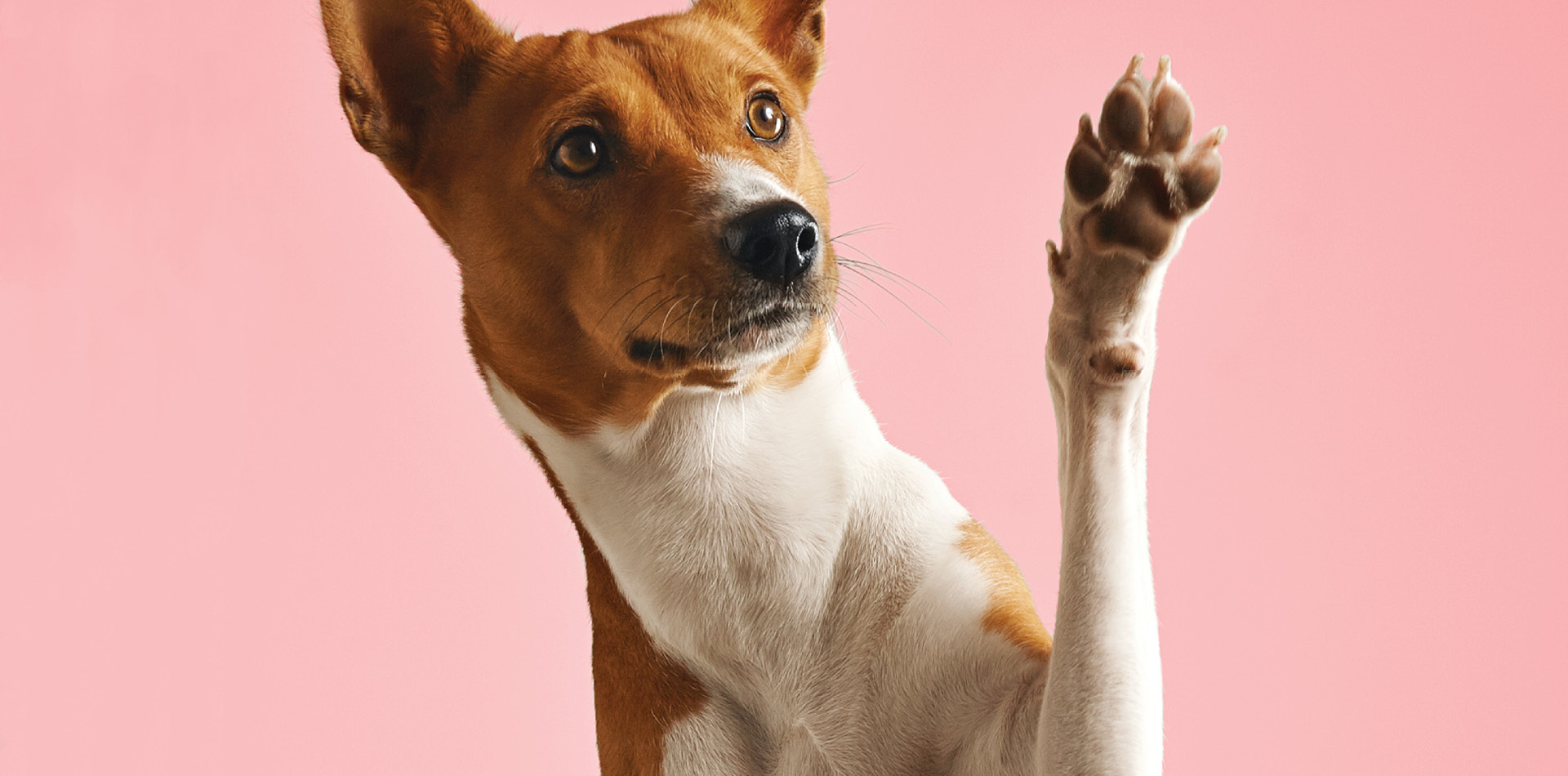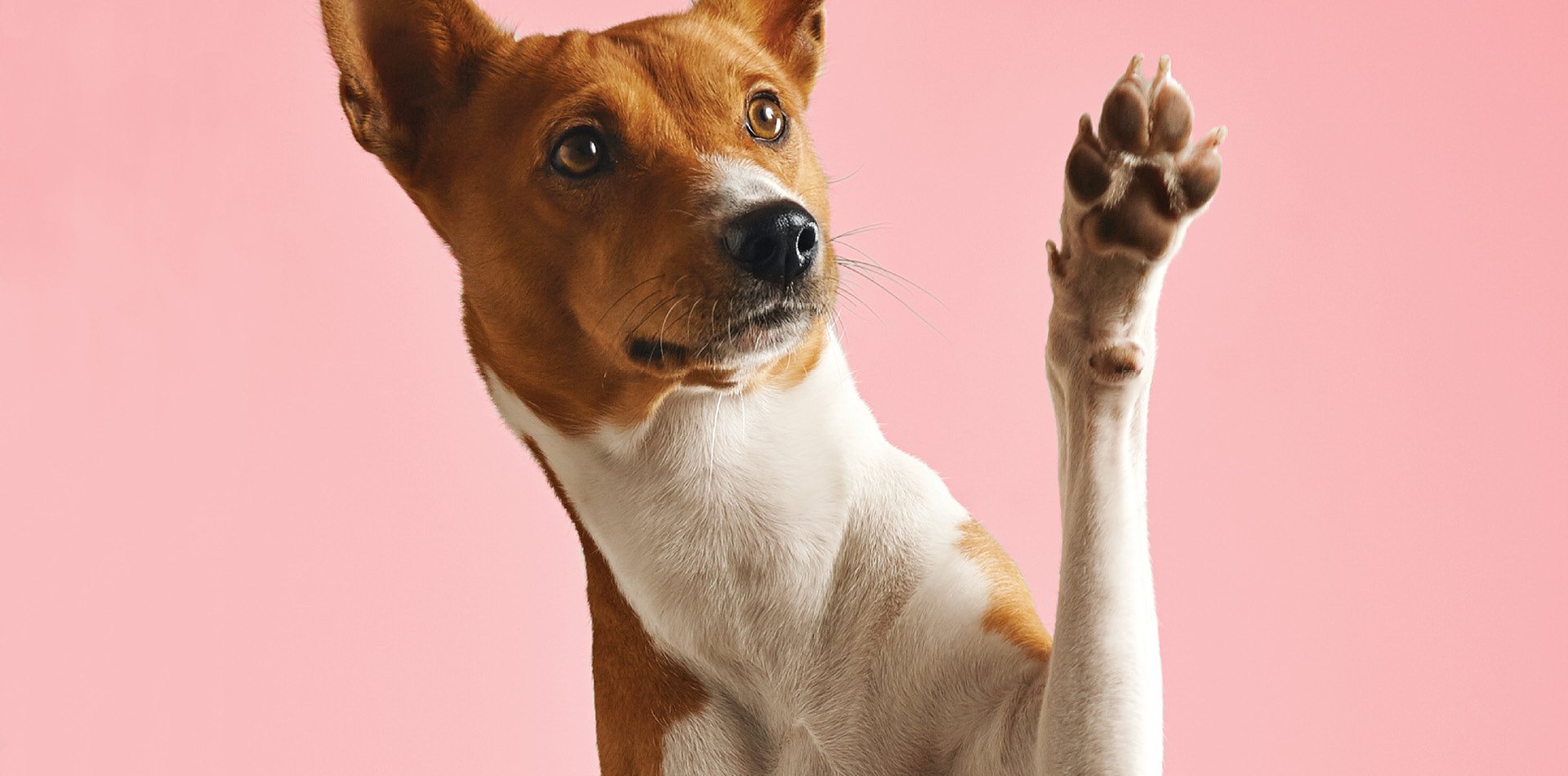Top 5 Commands for You and Your Dog to Master

Today our blog post comes from mymagazine.us
MEET OUR EXPERT
Jeff Silverman,
Certified Dog Behavior Consultant at Training TracksW
When it comes to a happy, healthy relationship with your furry best friend, the key is understanding dog language — which doesn’t include English.
“The biggest problem we have is that we talk too much,” explains Jeff Silverman, a certified dog behavior consultant. “We, as humans, are convinced deep down in our bones that talking to our dogs is a meaningful action.” If you continuously call your dog’s name without the expected response, you’ve essentially taught them their name just means they’re going to hear it over and over again.
“I call my dog once and then I make an exciting noise — click my teeth, whistle or clap. If that doesn’t work, I run over to him and get down on his level, look at him and say, ‘Hello, I’m here.’ Then I clap and get him to follow me back to where I was,” Jeff says. It takes persistence, but your efforts will be well worth it in the long run.
- NAME – Jeff considers this a dog’s “on switch” Hearing his or her name should signal that they should look at you and pay attention, which is key to everything moving forward. Hearing their name should make a dog stop what they are doing and await further instruction.
- “SIT” – When dogs want something they tend to “ask” for it in obnoxious ways like barking, jumping or pawing. “Sit to stay is the canine version of ‘please,'” explains Jeff. “We teach them that when they want something – like food, attention or to have their leash put on them for a walk – the way to ask for it is to sit.”
- “LEAVE IT” – Use this command to teach your pup to stop a particular behavior and pay attention to you instead. This is important for curious dogs who sniff at food on a counter or howl at someone walking down the street, for example.
- “DROP” – Just as it sounds, “drop” says, “Whatever’s in your mouth, drop it,” says Jeff. This essential command will help you reclaim shoes, socks and anything else you don’t want your dog to chew.
- “PLACE” – “This is when we send our dog to an assigned place,” Jeff says. He often uses a fluffy dog yoga mat, but it could be a dog bed, a blanket or a towel. Once you’ve chosen a “place”, you can take it anywhere – a park, a dog friendly cafe or a friend’s home. If they’re not being cooperative or showing social etiquette, you simply say
place” and your mindful pooch will go lie down until told to get up. That’s what we call a good dog!
The Tricks for Treats

Rewarding your dog for a job well done is essential. Who doesn’t love those big, puppy eyes gleaming with such excitement, passion and for once, focus? Treating your dog is completely normal. But, be wary of your timing.
“Once you telegraph where the food is, the food then becomes part of the command,” explains Jeff. Working for food is fine, but if it’s the only motivation to do something, you may be in trouble — or as Jeff says, you may have a “show me the money” dog. Rather than show the goods before or during the trick, ask them to do the command first. After enthusiastically celebrating, then provide a treat. “If you do it that way, once the dog is good at it, you can phase the treats out,” says Jeff.
